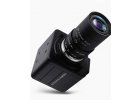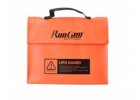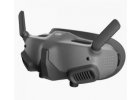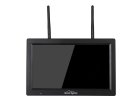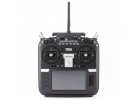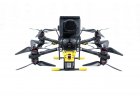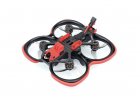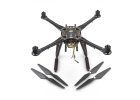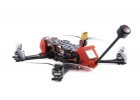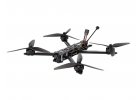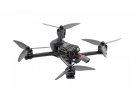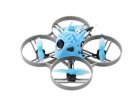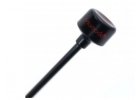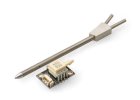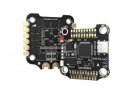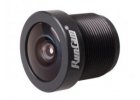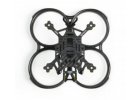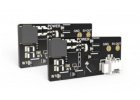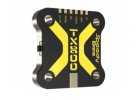The European Union Aviation Safety Agency (EASA), is in charge of making sure everyone's flying safely and following the rules. So, no matter if you're just having some fun or you're a pro, it's important to know the rules and stay out of trouble.
✅ Registration and Categories
There are two main categories for drone operations. Open Category - for low-risk flights without special permission. Specific Category - for higher-risk flights requiring a permit. In addition, drones over 250g or equipped with a camera must be registered, and operators need a registration number from their national aviation authority.
✅ Key restrictions (Open Category)
- Maximum altitude: 120m
- Visual line of sight. Keep the drone in sight at all times
- No flying over crowds or restricted areas without special permission
- Keep a safe distance from people, vehicles and buildings
✅ Restricted areas
- Airports, military zones, government buildings
- Some cities and protected natural areas
- Many countries provide interactive no-fly zone maps. Always check before you fly.
✅ Frequency restrictions
Some EU countries have rules against using certain radio frequencies for FPV drones because they cause interference.
- 1.2 GHz and 1.3 GHz – Often restricted or completely banned.
- 2.4 GHz and 5.8 GHz are usually allowed, but there are power limits
- 868 MHz is used for long-range control, but 915 MHz is illegal in the EU (it's reserved for mobile networks).
Failure to comply can result in significant fines. Recently, a British tourist in Spain was fined €30,000 for filming with a drone in a restricted area without a permit.
So, before you use a drone in Europe, make sure you're familiar with the national regulations of the country you're visiting and check the current maps of restricted areas to make sure your flights are safe and legal.

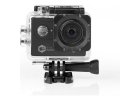

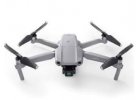
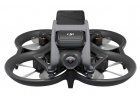
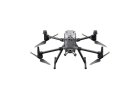
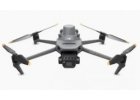
-1.png)
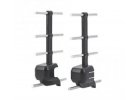

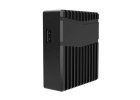

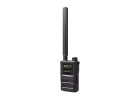



.jpeg)

